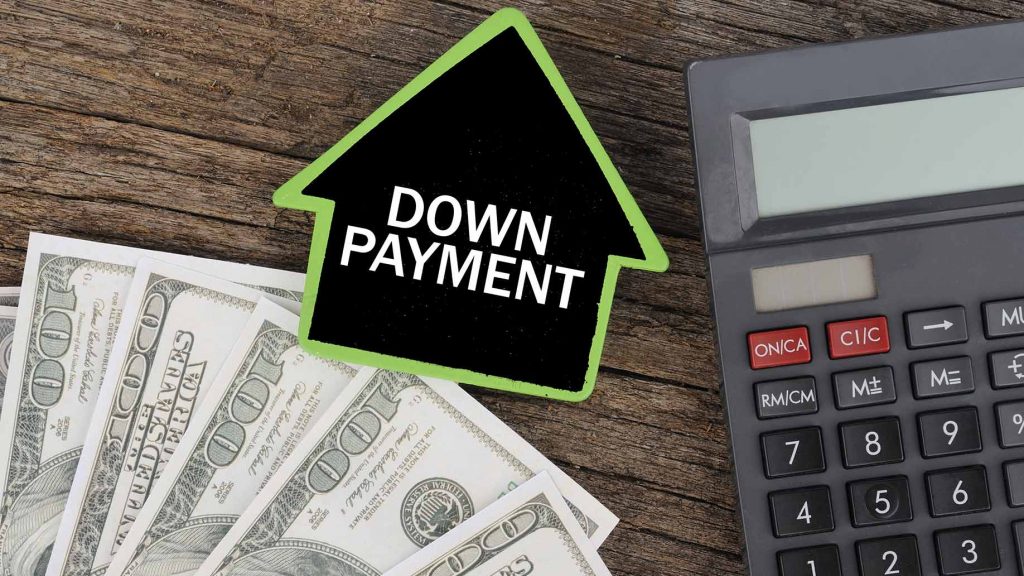COVID-19 included, the biggest obstacle to home ownership remains the financing. For most, it’s saving the down payment. Especially if you haven’t owned a home before that builds equity to transfer as the down payment when you upgrade or move to another location (but that’s not a first time buyer). The Millennial Generation is having a particularly difficult time with down payments because their early adult years were badly impacted by the Great Recession that is now well behind us (but now we have COVID).

According to the National Association of Realtors, 87% of first-time buyers think they need 10% or more down to buy a home. The fact is the average down payment for first time buyers is about 6% (many put down less). And a number of programs require no down payment at all.
Fortunately, there are many down payment assistance programs that can help first time buyers. If you are a first time buyer and are having trouble raising the down payment, the next most important thing you can do is keep your credit score in good shape or repair it if it’s damaged. The other important ingredient is having a work history demonstrating reliability.
Something else that people need to be aware of is that being a “first time buyer” doesn’t mean you’ve never owned a home before. HUD officially defines a first time buyer as:
There are more than 2,500 homebuyer programs available across the country. These can be as unique as the homebuyers and communities served. If you are working with a good real estate agent, she/he should be able to share information about local programs. You also want to check for employee programs and nonprofits. Besides low or no down payment requirements, be sure to ask about below-market interest rates, reduced closing costs/fees, and no mortgage insurance requirements.
Widely available down payment assistance programs at the national level include:
FHA home loans. This is one of the most popular options due to its lenient requirements. The down payment required is 3.5%. Additionally, 100% of the down payment can be a financial gift from a relative or approved non-profit. You need a credit score of 580 or higher. If your credit score is lower than 580, you still might qualify for an FHA mortgage but the down payment needs to be at least 10 percent of the purchase amount. You do not have to be a first time home buyer to qualify.
VA home loans require a 0% down payment and are available to current or former military service members. The service requirement is typically 90 days if currently serving or two years on active duty if separated from service. Those in the Reserves or National Guard are eligible after six years of service. Required credit scores are usually 620 and above, although some lenders will allow lower credit scores. VA does not officially publish a minimum score for the program.
U.S. Department of Agriculture (USDA) has attractive loans available that many people are not aware of and the requirements are less stringent than people perceive. These do focus on certain rural areas but you don’t need to buy or run a farm to be eligible. There may be no down payment required and the loan payments are fixed. Applicants with a credit score of 640 or above often receive streamlined processing. Those below 640 can still qualify but the lender will ask for extra documentation about your payment history. There are also regional income limitations.
Good Neighbor Next Door Program by HUD. This is for law enforcement officers, pre-kindergarten through 12th-grade teachers, firefighters, and EMTs wanting to contribute to community revitalization by becoming homeowners. These are for specific properties that HUD offers a discount of 50% off the list price of the home. In return, you must commit to live in the property for 36 months as your sole residence. HUD requires that you sign a second mortgage and note for the discount amount. No interest or payments are required on this "silent second" provided that you fulfill the three-year occupancy requirement. The number of properties available is limited and the list of available properties changes weekly.
FHA Section 203(k) loans take into consideration the value of the residence after improvements have been made. This may be a good fit if you’ve determined a fixer-upper is best for your budget. It lets you borrow the funds you’ll need to carry out the improvement projects and rolls the costs into your primary mortgage. The down payment for a 203(k) loan can be as low as 3%.
Don’t hesitate to contact a real estate agent or local HUD-approved housing counseling agency to learn more about programs in your area that might best apply to your situation.
Please add your comments about down payment assistance programs for first time buyers. Also, our weekly Ask Brian column welcomes questions from readers of all experience levels with residential real estate. Please email your questions, inquiries, or article ideas to [email protected].